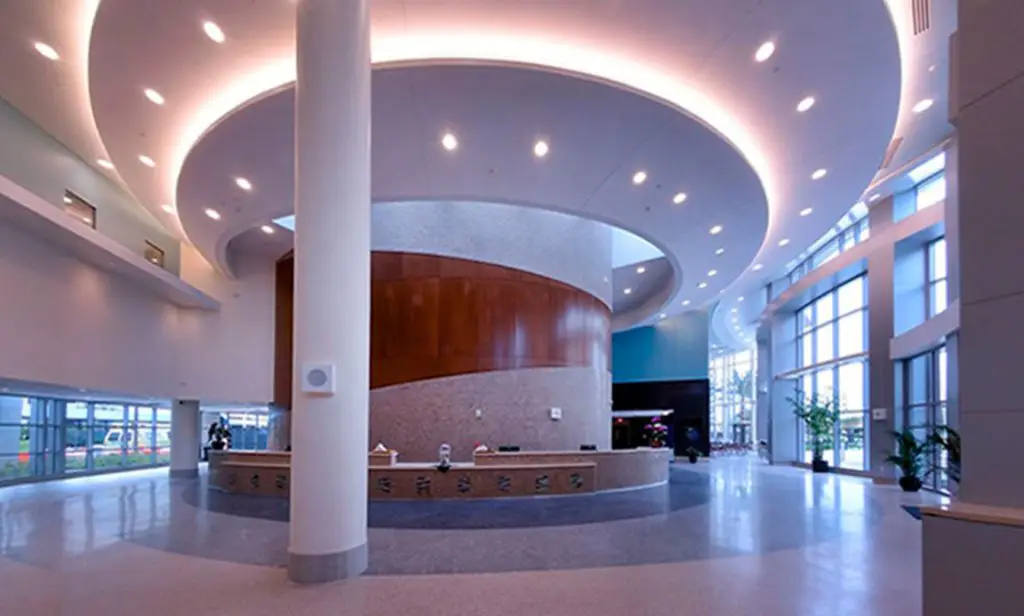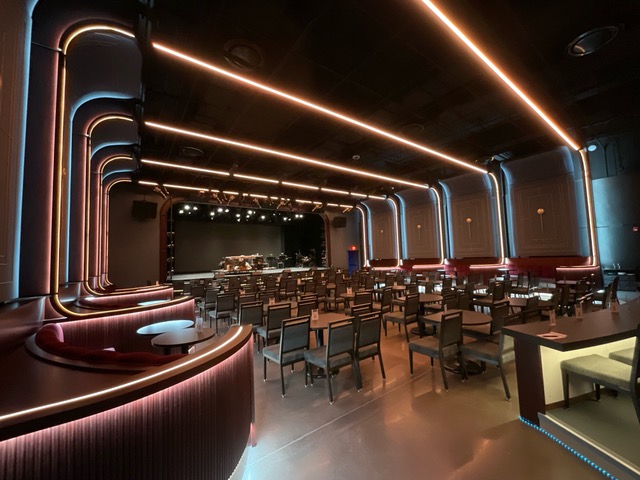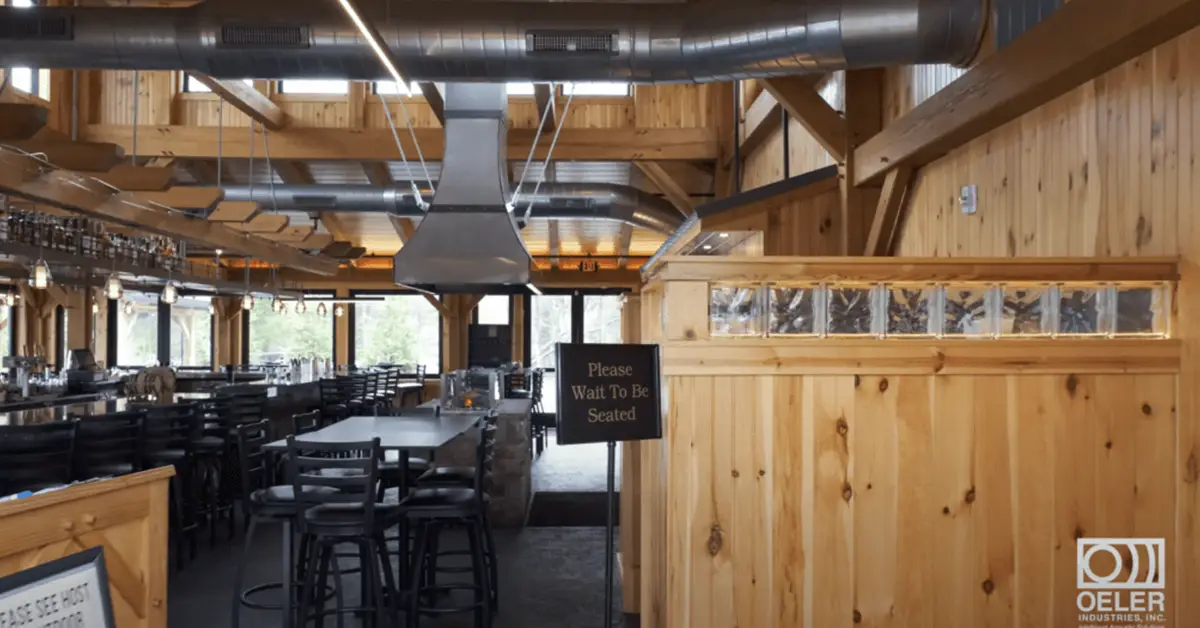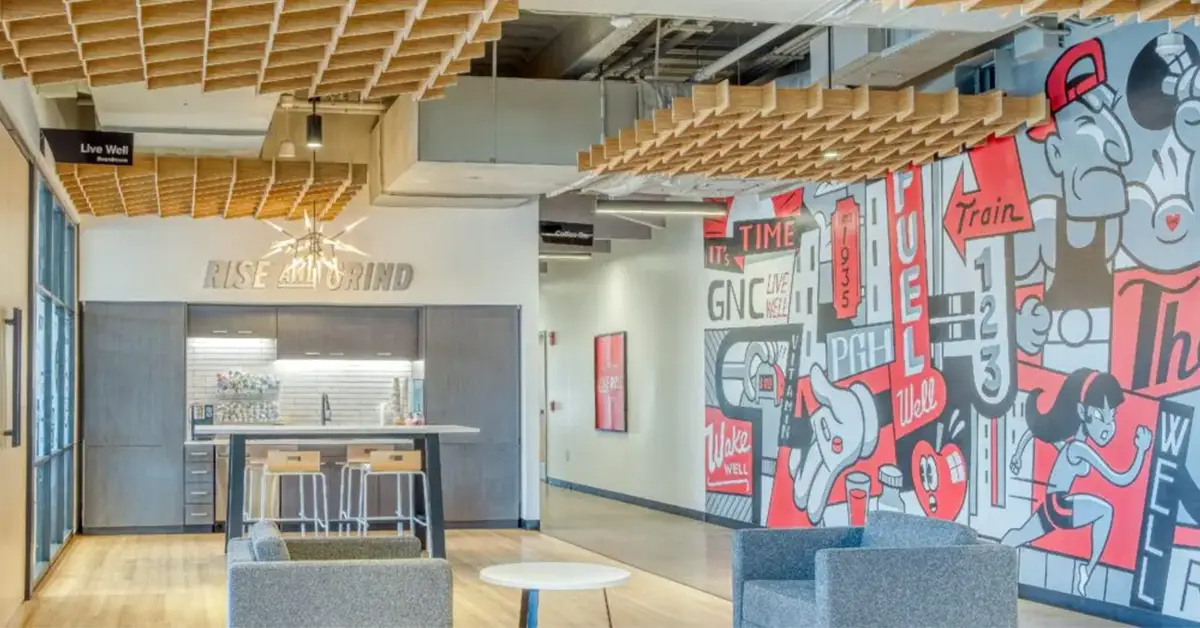X
Oeler Industries, Inc. has been delivering quality sound and acoustic products to the Pittsburgh Area by being experts in our field.
With over 25 years of experience solving noise control issues, we’ll plan a solution to fit your acoustic needs. Whether it’s integrating into interior design, complying with ordinances, or just helping with traffic noises in your neighborhood, we’ve got your back.
We offer 100% guaranteed expert installation services. Our install crews are experienced and certified, and have the knowledge and insight necessary to provide consistent quality and customer satisfaction on every project.
Don’t just react to maintenance issues after they surface – plan ahead with a predictive maintenance system to eliminate the costs and downtime of urgent machinery issues before the problem arises with our SmartDiagnostics(R) System.

Whether your workspace is a corporate office or a heavy industrial facility, excessive noise can be distracting and dangerous. At Oeler Industries, Inc., we understand that a comfortable acoustic environment contributes greatly to productivity and safety. We also understand the challenges of achieving those objectives. With an appreciation for aesthetically pleasing designs and detail, we will customize a solution for you.

After a 13-month hiatus, the Greer Cabaret Theater made its return in September 2023 following a $6 million renovation, which included significant improvements to the acoustic environment. The renovation project was a joint effort between DLR Group from Ohio and mossArchitects based in Pittsburgh. DLR Group, leveraging their in-house acoustic specialist, spearheaded the design of […]

As the holiday season is in full swing, businesses set out on a mission to craft unforgettable experiences for customers. With all the festive decorations and sparkling displays, the often-overlooked yet influential element of sound, more specifically the acoustic engineering of the space, has the potential to transform these experiences into cherished memories. Whether in […]

Today, in the tough world of business competition, your brand goes beyond just a logo. When people step into your physical spaces, whether it is a store, office, or restaurant, they enter a carefully curated world that tells your brand’s story. This story goes beyond mere looks – it is about creating a connection that […]